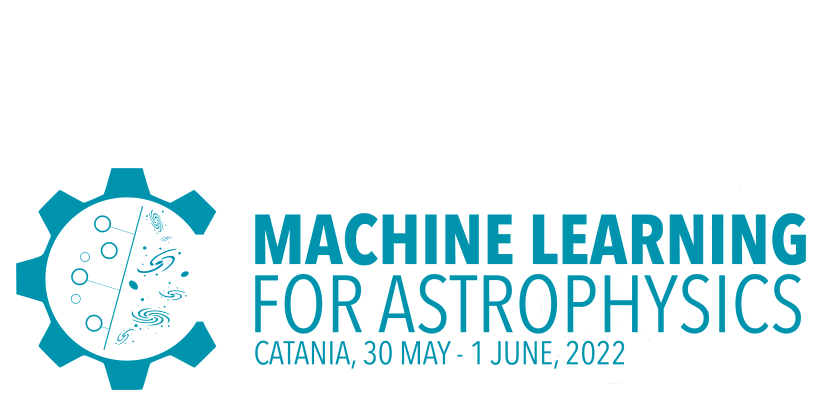Speaker
Description
Modern X-ray telescopes have detected hundreds of thousands of X-ray sources in the universe. However, current methods to classify these X-ray sources using the X-ray data themselves suffer problems — detailed X-ray spectroscopy of individual sources is too tedious, while hardness ratios often lack accuracy, and can be difficult to use effectively. These methods fail to use the power of X-ray CCD detectors to identify X-ray emission lines and distinguish line-dominated spectra (from chromospherically active stars, supernova remnants, etc.) from continuum-dominated ones (e.g. compact objects or active galactic nuclei [AGN]). In this paper, we probe the use of artificial neural networks (ANN) in differentiating Chandra spectra of young stars in the Chandra Orion Ultradeep Project (COUP) survey from AGN in the Chandra Deep Field South (CDFS) survey. We use these surveys to generate 100,000 artificial spectra of stars and AGN, and train our ANN models to separate the two kinds of spectra. We find that our methods reach an accuracy of ∼92% in classifying simulated spectra of moderate-brightness objects in typical exposures, but their performance decreases on the observed COUP and CDFS spectra (∼85–90%), due in large part to the relatively high background of these long-exposure datasets. We also investigate the performance of our methods with changing properties of the spectra such as the net source counts, the contribution of background, the absorption column of the sources, the thermal temperatures of stars, the redshift, and power-law index of AGN, etc. We conclude that these methods have substantial promise for application to large X-ray surveys.
| Main Topic | Classification and regression |
|---|---|
| Secondary Topic | Supervised/Unsupervised/Semi-supervised Learning |
| Participation mode | Remote |

